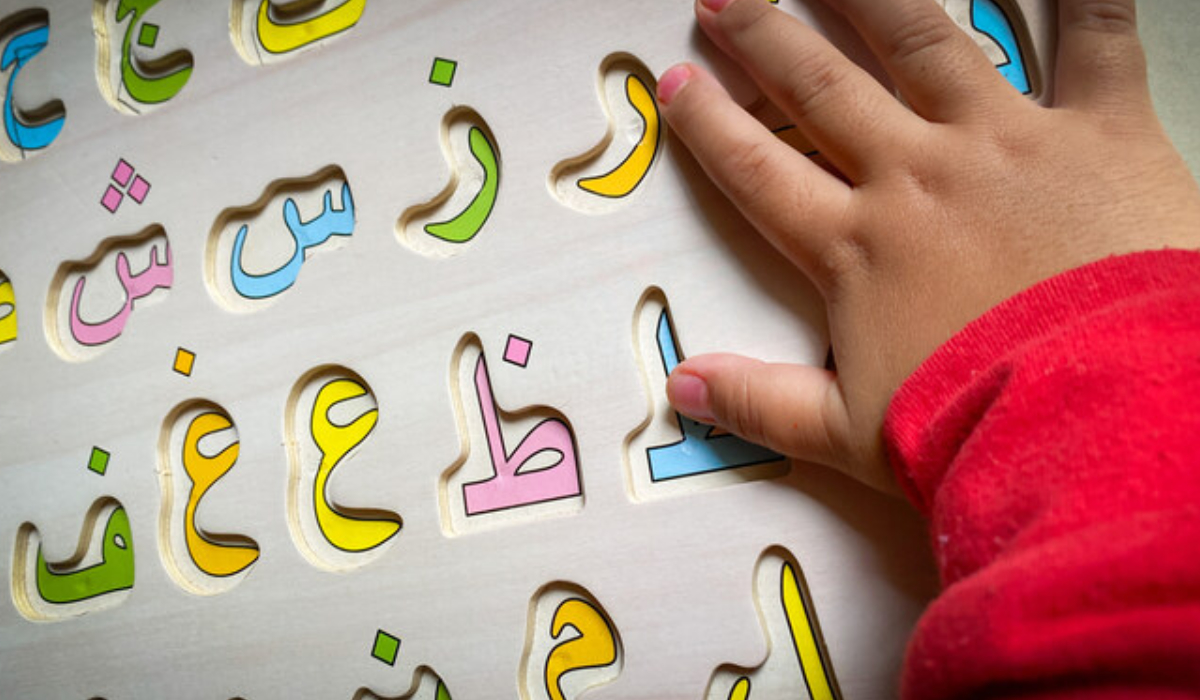RIYADH: Chinese lessons are currently being taught in the country's schools to provide young people with valuable language skills and foster a deeper appreciation for the culture of this Asian country.
The language is taught to primary and secondary school students.
There are reportedly 175 educators teaching Mandarin in Saudi Arabia, following an education agreement signed between the two countries last year.

“There are many Arabic courses at Chinese universities, and many international secondary schools also have Arabic teachers.” (Shutterstock)
The ministry said it would improve the chances of young students from Saudi Arabia finding a job or studying at prestigious Chinese universities.
Hanan Alharbi, a Saudi mother from Riyadh, said she was “very positive” about the ministry's decision, saying it was “an important step in promoting global culture and teaching students new and useful language skills, especially since the teachers are Chinese.”
The decision is in line with China's growing importance in the global economy and the flourishing trade and economic relations between the two countries.
FASTFACTS
• There are reportedly 175 educators teaching Mandarin in Saudi Arabia, in line with an education agreement signed by the two countries last year.
• The Saudi Ministry of Education said it had selected several schools to pilot the language program before gradually expanding the curriculum to include classes up to the third grade of secondary school by 2029.
A Chinese mother from Tianjin, Taotao Wang, said: “We see this as a positive development. For us, it means sharing the cultural classics of Chinese civilization beyond our borders.”
“For Saudi Arabia, it helps break down barriers to effective communication between our two nations. This cultural exchange is about finding beauty in our differences and growing together.”
Alice Xiong, a teacher from China's Guangdong province, told Arab News she sees it as a win-win situation.
“Saudi Arabia is a dynamic country with many young people. More and more Chinese are doing business in Saudi Arabia and traveling there… Chinese lessons in schools will make communication easier and more direct for young people in both countries.”
She said that Arabic is now being taught in China.
“There are many Arabic courses in Chinese universities, and many international secondary schools also have Arabic teachers. I hope that the cultural and economic exchanges between the two countries will continue to improve,” she said.
The ministry said it had selected several schools to pilot the language program and that the curriculum would then be gradually expanded to include classes up to the third grade of secondary school by 2029.
This step-by-step approach will enable the Ministry to evaluate the effectiveness of the programme and make any necessary adjustments.
The Kingdom’s Minister of Education, Yousef Al-Benyan, recently highlighted the government’s significant investments in this sector in line with Saudi Vision 2030.
